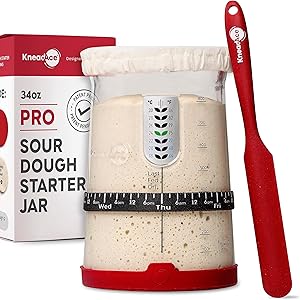Understanding Beer Quality
Beer quality is a crucial aspect of brewing and consumption, encompassing various factors that influence the overall experience of the beverage. To check beer quality effectively, one must consider elements such as aroma, flavor, appearance, and mouthfeel. Each of these components plays a significant role in determining whether a beer meets the expected standards of its style and the preferences of the drinker.
Aroma Assessment
The aroma of beer is often the first indicator of its quality. A proper evaluation begins with a gentle swirl of the glass to release the volatile compounds. Inhale deeply to identify the primary scents, which can range from fruity and floral to malty and hoppy. Off-aromas, such as diacetyl (buttery) or skunky notes, can indicate flaws in the brewing process or improper storage conditions. A well-crafted beer should have a balanced and inviting aroma that aligns with its style.
Flavor Profile Analysis
Flavor is perhaps the most critical aspect of beer quality. To assess the flavor, take a small sip and allow it to coat your palate. Pay attention to the initial taste, mid-palate complexity, and the finish. A high-quality beer should exhibit a harmonious blend of sweetness, bitterness, and acidity, with no overpowering off-flavors. The presence of undesirable flavors, such as oxidation or excessive astringency, can detract from the overall enjoyment of the beer.
Visual Inspection
The appearance of beer can provide valuable insights into its quality. Pour the beer into a clean glass and observe its color, clarity, and head retention. A quality beer should have a consistent color that matches its style, whether it be pale golden or deep brown. Clarity is also essential; haziness may indicate yeast or sediment, which can be acceptable in certain styles but undesirable in others. A well-formed head that lingers is a sign of proper carbonation and brewing technique.
Mouthfeel Evaluation
Mouthfeel refers to the texture and body of the beer as it interacts with the palate. To assess mouthfeel, take a sip and note the beer’s weight, carbonation level, and smoothness. A quality beer should have a mouthfeel that complements its flavor profile, whether it is light and crisp or rich and creamy. Overly harsh or watery mouthfeel can indicate issues with the brewing process or ingredient quality.
Get more content like this!
Sign up to receive updates and new terms first hand.
Temperature Considerations
The temperature at which beer is served can significantly impact its perceived quality. Different styles of beer have optimal serving temperatures that enhance their flavors and aromas. For example, lighter beers are typically best enjoyed chilled, while darker ales may benefit from slightly warmer temperatures. To check beer quality, ensure that it is served at the appropriate temperature to allow the full spectrum of flavors to shine through.
Carbonation Levels
Carbonation is another vital factor in assessing beer quality. The level of carbonation affects not only the mouthfeel but also the aroma and flavor release. A well-carbonated beer should have a lively effervescence that enhances the drinking experience without being overly fizzy. Flat beer can indicate poor storage or a compromised seal, while excessive carbonation may result from over-priming during bottling.
Freshness and Shelf Life
Freshness is a key indicator of beer quality, particularly for hop-forward styles like IPAs. Hops can degrade over time, leading to a loss of aroma and flavor. To check beer quality, always check the packaging date or best-by date to ensure you are consuming the beer at its peak freshness. Older beers may still be enjoyable, but they may not reflect the brewer’s intended profile.
Storage Conditions
Proper storage conditions are essential for maintaining beer quality. Beer should be stored upright in a cool, dark place to prevent light exposure and temperature fluctuations. Light can cause skunking, while heat can accelerate oxidation. To check beer quality, consider the storage history of the beer, as improper conditions can lead to significant degradation of flavor and aroma.
Final Thoughts on Quality Checking
In conclusion, checking beer quality involves a comprehensive evaluation of aroma, flavor, appearance, mouthfeel, and storage conditions. By understanding and applying these principles, beer enthusiasts and judges can ensure they are enjoying the best possible experience. Whether you are a homebrewer or a seasoned judge, mastering the art of quality assessment is essential for appreciating the complexities of beer.




